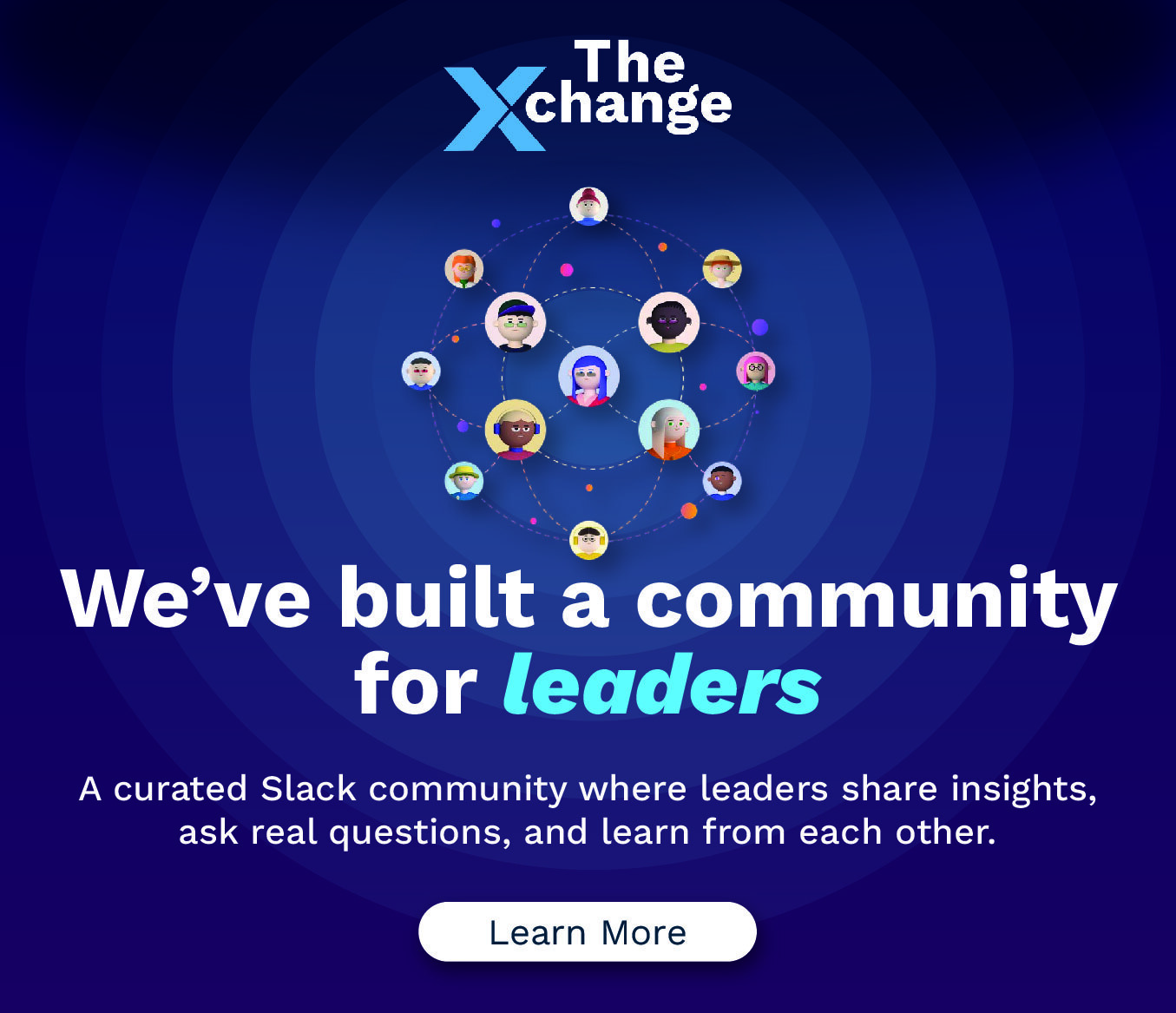
How Can Institutions Improve their Higher Education Course Enrolment
Summarize with:
Since the dawn of the new millennium, the education sector in various parts of the world has undergone a major transformation. The age-old techniques of delivering uni-dimensional, non-reciprocating, classroom-based, rote learning are simply not relevant anymore. Instead, institutions, irrespective of their structure, domain, or size, have started initiating a paradigm shift that focuses exclusively on fostering innovation, honoring creativity, facilitating research, and thereby, redefining the very purpose of the education system.
As a result, smarter, more efficient, and more personalized educational programs are being designed daily so that the specific needs and requirements of various students can be met in a specialized, targeted, and comprehensive way.
However, when it comes to higher education, colleges and universities often find themselves in a bind. While on the one hand, they are required to maintain an excellent quality of education, they are also expected to deal with the scourge of continually rising prices. In such a situation, improving the student enrolment and overall return on investment (ROI) of their higher education courses becomes an extremely challenging task.
Table of Contents:
- Top 8 Ways to Improve Your Enrolment in Higher Education Courses
- Diverse Technological Solutions Through Which Institutions can Benefit
- Role of Digital Content for Increasing Enrollment
- Conclusion
Top 8 Ways to Improve Your Enrolment in Higher Education Courses
As an educational institution, if you want to improve the enrolment in your higher education courses, here are a few simple ways that you can easily adapt –
1. Create Program Differentiation
Creating detailed program differentiation is largely considered to be one of the best ways to augment student enrolment in higher education courses. Differentiation primarily involves the efforts made on an institution’s behalf to respond to variance in terms of student expectations, interest, receptivity & learning profile.
At the most basic level, differentiation tends to work in three different ways:
- Content: what the student is learning & how is that specific type of information being provided
- Process: what are the teaching methodologies being employed & what kind of learning environment is being created
- Product: how do the students ultimately use the acquired knowledge in practical/real-time situations
Differentiating programs on both, a macro and a micro level can help universities increase student enrolment and thus, their ROI. This is because compelling and unique courses generally serve as an instant attraction for students who possess a wide range of academic interests.
2. Increase Student Engagement
Driving student engagement in a higher education course can directly impact its ROI improvement. Students engaged in the course not only gain a great deal of knowledge but also begin to develop productive learning relationships with others.
For most practical purposes, student engagement can be enhanced by:
- Embedding interactive elements in the course content
- Conducting online assessments & providing immediate feedback
- Using multimedia elements, including audio-visual aids
- Experimenting with participatory elements like simulations & quizzes
- Opting for scenario-based learning instead of regular, rote methods
If the students are thoroughly engaged with the fundamental fabric of their course and its content, their retention power and academic performance will increase. This would further result in an unwavering rise in the overall ROI of the higher education course.
Also Read: Top Tips for Effective Multilingual Proofreading in Educational Content Creation
3. Lead with Digital Transformation
Digitization, in the last few years, has emerged as a prominent pedagogic tool. It has challenged all traditional learning architectures while using collaborative, transparent digital systems to contextualize knowledge, enhance reach, improve access, promote understanding, and therefore, facilitate learning.
Such digital transformation can work wonders in improving enrolments by:
- Streamlining all academic operations in a cost-effective manner
- Saving time by automating the entire learning life cycle of a student
- Maximizing resource utilization
- Monitoring student performance to foster better decision-making
- Tweaking course structures to suit the needs of students
- Facilitating communication channels for ease of information exchange
For most universities, such digital transformation can be brought about by adopting dynamic enterprise resource planning (ERP) software. ERP can open new frontiers by increasing institutional efficiency, measuring learning outcomes, optimizing long-drawn processes, and augmenting a course’s ROI.
4. Design Competency Based Curriculum
Higher education courses usually tend to be based on conventional types of curriculum. While this is apt for imparting basic subject knowledge, it does not help students in standing up to contemporary, real-world challenges. This is why universities and colleges need to design curricula, which is both learner-centric and faculty-oriented. The only way to do so is by devising a competency-based curriculum.
A competency-based curriculum primarily keeps the key competencies required to succeed in the modern world, as the basis of crafting course details. It doesn’t merely relegate itself to the corridors of knowledge transfer. Rather, it ventures into the arena of skill acquisition and attitude building. Being unbound by the fetters of subject restrictions, a competency-based curriculum helps educational institutions deliver results, attract students & improve enrolments.
5. Improve Data Accuracy
Last but not least, the ROI of higher education courses can be enhanced by improving institutional data accuracy. Collecting accurate and precise data can help universities find out whether the course content is meeting student aspirations or not. It can also provide details about their overall performance, learning outcomes, and interaction levels. As a result, institutions can gain better insights into their course delivery mechanisms and can alter them to become more student-friendly and financially rewarding.
6. Data-Driven Marketing
Big data analytics can be employed by institutions for marketing purposes. An institution can analyze past patterns on student enrollment, as well as website behavior and demographics of students, which helps them to focus their recruitment efforts more effectively.
According to a study, the universities that applied the right digital marketing strategies enjoyed an increase of 10% in students. Let us consider an example – UMUC adopted advanced analytics, where they could manage to record a 20 percent increase in new student enrollment while using 20 percent less money in marketing.
Another McKinsey & Company study discovered that firms that used data-driven marketing gained a 20 percent increase in ROI.
7. Online and Hybrid Learning Models
Today, the participation of many diverse students, working professionals, international students, and part-time learners may be made possible through online courses or a hybrid approach that combines the traditional classroom with online instruction.
Most educational institutions claim that student demand is increasing for online and hybrid learning while mitigating classroom courses. According to a new report, 81 percent of administrators said that enrollment of undergrads in in-classroom courses stagnated or declined. 69% of respondents said it’s a priority to create online versions of face-to-face classes. 63% of students select online courses because of virtual learning flexibility
8. Premium Student Support Services
Top-notch support services for students, including academic advising, career guidance, and mental health services, can enhance enrolment. Such services not only attract students but also improve retention rates by making the students feel valued during their time at college.
Diverse Technological Solutions Through Which Institutions can Benefit
Here are some of the latest techniques an institution can embrace to improve course enrolments:
1. Artificial Intelligence for Learning
According to the report by HolonIQ, the global market for AI in education will reach $6 billion by 2025. From 2020 to 2025, the market is expected to grow at an average rate of 47% every year. This indicates that AI adoption in the education sector is growing rapidly to improve student learning.
Using AI’s personalized learning approach, digital platforms can create paths based on individual student needs. This is validated by interactive course content and customized pacing. This improves learner engagement and student satisfaction and thus makes courses attractive to prospective students.
According to McKinsey & Company, AI may enhance the learning outcomes of a student by up to 20% with unique learning paths
2. Enrolment Chatbots for Supporting Students
Chatbots can provide prospective students with 24/7 assistance in answering questions related to different courses offered, admission requirements, and deadlines. Such support can transform more inquiries into applications.
3. Virtual Reality/ Augmented Reality for the Immersive Learners
To make higher education more attractive, VR and AR may offer learners more engaging learning experiences. Interested students who would have input into fields such as medicine and engineering with direct, hands-on applications greatly benefit from such immersive learning.
4. Blockchain Technology for Secure Credentials
Blockchain technology is increasingly adopted within educational institutions so that the awarding and verification of academic credentials can be done securely. The ability of institutions using blockchain technology to easily provide secure digital diplomas and certificates simplifies the process by which a student can share his or her qualifications with employers and other institutions.
5. Predictive Analytics for Student Success and Retention
In the case of predictive analytics, the data can be used for student behavior prediction, allowing for the identification of students who may drop out or face academic challenges. In particular, using detailed attendance records, assignment submissions, and online activity engagement, institutions can intervene early using support tailored to individual needs.
6. The Mobile Learning Apps
Mobile learning apps are just some of the most popular tools that institutions can use to attract tech-savvy students. This benefits students who prefer to learn on their mobile phones or tablets. With mobile learning apps, students can access course content, assignments, and real-time discussions from anywhere.
Role of Digital Content for Increasing Enrollment
Here are some of the roles digital content can play in promoting increased enrollment rates:
1. Interactive eBooks and Course Materials
Interactive quizzes, video content, and case study eBooks should be incorporated into digital textbooks to create an easier learning environment. Multiple devices can now utilize these materials, making it possible to establish flexible study options.
2. Video-Based Learning
Video content comprises recorded lectures, tutorials, and even explainer videos that can help institutions reach a wider audience. Video learning is the favorite of most students as it is visually more rewarding and seems to make difficult topics less complicated.
93% of the institutions believe that video is an essential element in enriching the learning experience, and institutions that integrate video into the curriculum tend to increase their enrollment by 34%.
3. Gamification in Learning
Gamification elements like rewards, points, and interactive simulations within digital courses could make learning much more engaging and appealing to students.
4. Microlearning modules
Microlearning breaks up content into tiny bits and makes them very easy for students to swallow. They often include videos, quizzes, infographics, and more to create a concentrated, engaging learning experience. With the help of microlearning materials, institutions can reach out to students who require smaller amounts of learning to fit education into their schedules. Microlearning makes learning 17% more effective than conventional methods.
5. Collaborative Web Spaces
Digital content is no longer only the consumption of information but also a collaborative tool. Various digital platforms allow students to be able to collaborate on projects, discuss ideas in groups, or share resources on their computer/internet-enabled devices in real time. These websites encourage a more participatory learning environment and courses that are more attractive to potential students.
Also Read: Data Privacy in Education Through FERPA and GDPR Adherence
Conclusion
As times change, the education sector will witness a variety of significant improvements. Colleges and universities will begin to craft world-class, digital courses with the latest curriculum and state-of-the-art instructional design so that their students can avail the best education. This will further lead to an enhancement of learning outcomes, thereby, helping educational institutions strengthen their retention rates, raise their enrolment numbers, and boost their annual returns on investment.
More so, better ROI coupled with greater automation and timely decision-making will enable these establishments to save time and money, without compromising on the basic need to impart quality education. In other words, higher enrolments and an improved ROI would lead to a direct increase in both educational efficiency and institutional credibility. Partner with Hurix Digital to make your educational content development easier. Connect with our team to learn how Hurix Digital can help transform your approach to education and maximize your institution’s potential.
Summarize with:

Senior Vice President – Business Development
at Hurix Digital, with over 25 years of experience in EdTech and workforce learning. He excels in business development, customer relationship management, and scaling digital learning solutions, driving global growth through innovative content, simulations, and AI‑driven training offerings
 A Space for Thoughtful
A Space for Thoughtful 

